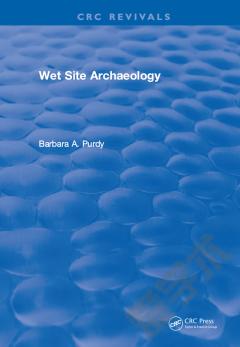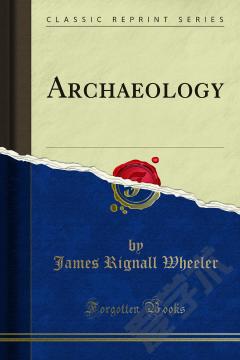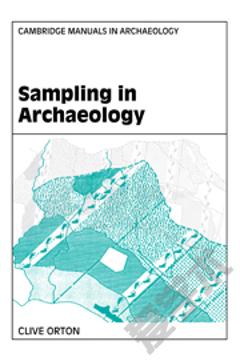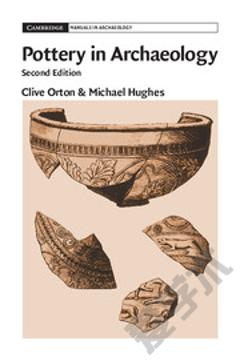Wet Site Archaeology
"Dryland archaeology has had over a century of sustained work and has generally failed to deliver the goods. That is, it has failed to inform us about the past in the ways we want to be informed.. ." Thus spoke John Coles at a conference on wetland archaeology held in Gainesville, Florida, in December, 1986. The statement is blunt and uncompromising and sets out Coles' unambiguous views on the relative merits of wetland and dryland archaeology. The view is, perhaps, extreme but carries increasing weight with the inexorable advance of wetland investigations. Nobody, least of all Coles, would suggest that wetland and dryland research are in some way conflicting or mutually exclusive activities; merely that the potential in terms of recovering information about the past is vastly greater in waterlogged sites, for it is only at such sites that fragile and perishable organic remains will be present in quantity. The primary role of the archaeologist is to recover, in the best way possible, as much as possible about past societies. The extent of such recovery is in direct proportion to the degree of preservation at any given site. Clearly, therefore, wetland investigations open up a whole range of new perspectives on man's past which are generally beyond the scope of dryland research. Nonetheless, it is only in the last few decades that the vast potential of wetland investigations has come to be effectively exploited. This is because of the exceptional physical and technical problems associated with wetland excavation and because of the considerable expense generally involved, especially at the post-excavation stage. Once the nettle has been grasped, however, it has been shown that where time and finance are invested the return
{{comment.content}}








 京公网安备 11010802027623号
京公网安备 11010802027623号